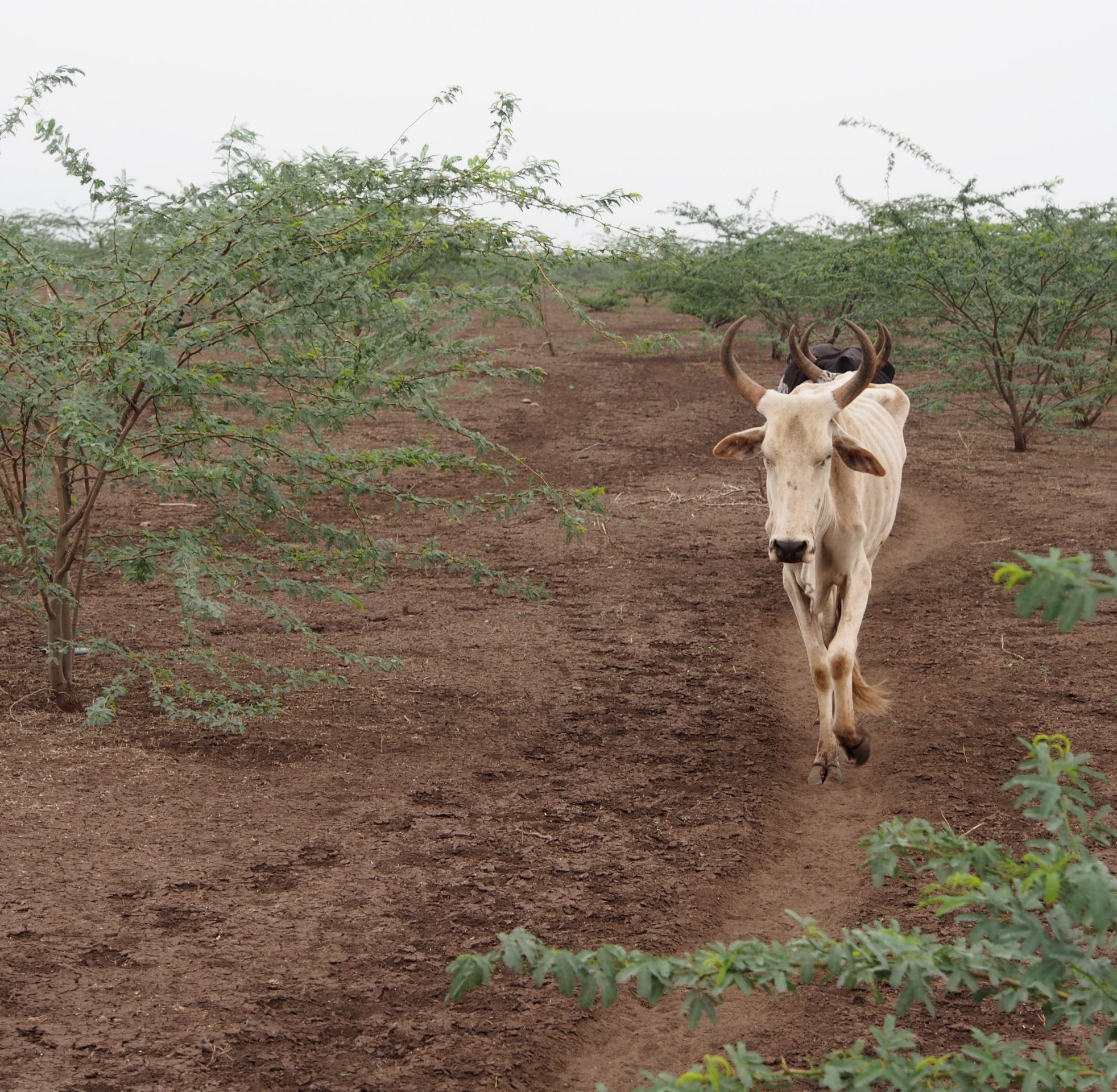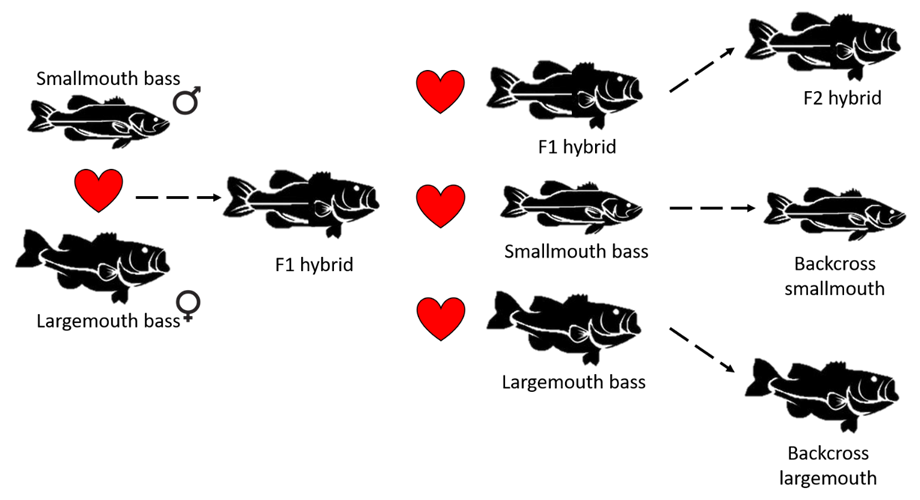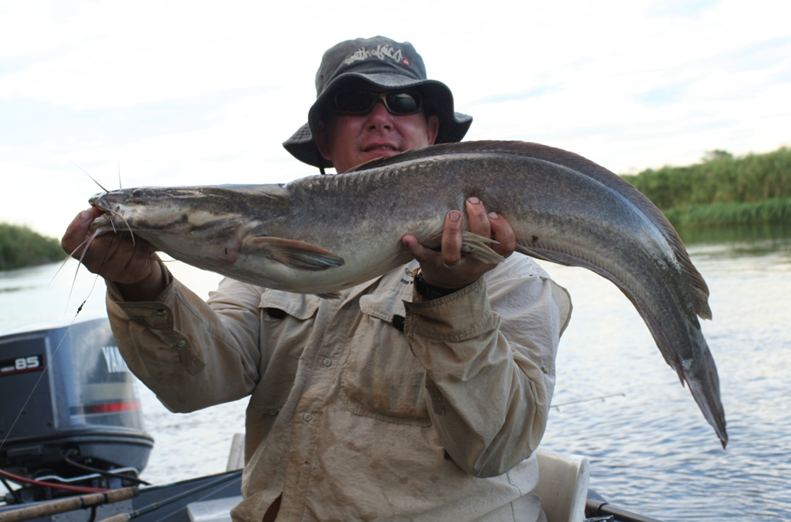Scientists tackle one of Africa’s most destructive invasive trees
The Ecology and Management of Invasive Prosopis Trees in Eastern Africa

The Ecology and Management of Invasive Prosopis Trees in Eastern Africa

A recent study published in the Journal of Fish Biology showed that not only is introgressive hybridisation between two notorious freshwater fish invaders possible, but continues to occur within an invaded South African river system.
Genetic diversity has long been considered a cornerstone of biological invasions. It is generally assumed that populations of an invasive alien species will have lower genetic diversity in the new invaded area when compared to populations in the native range.

A recent review paper on the African sharptooth catfish (Clarias gariepinus) has highlighted the urgent need for impact studies.
Normally, frogs eat small invertebrates that easily fit into their mouths, but studies of stomach contents have shown that they sometimes eat eggs, tadpoles and even adults of other frogs. What are the conditions under which frogs eat frogs?